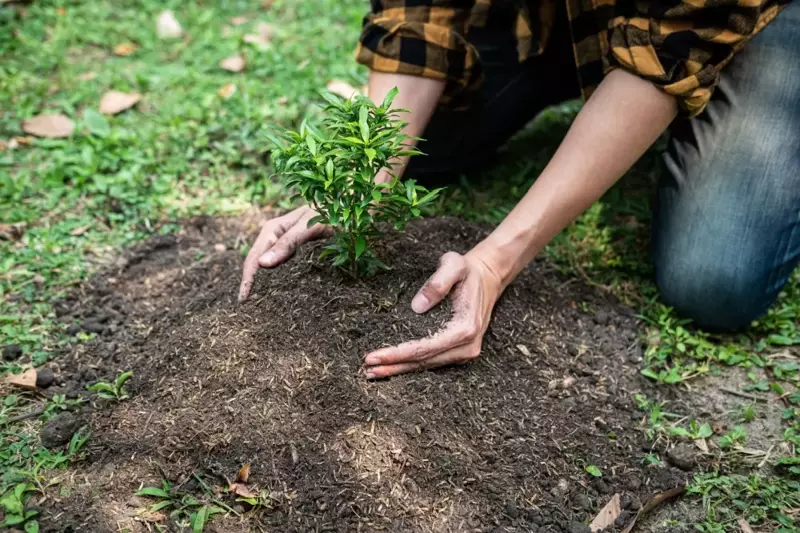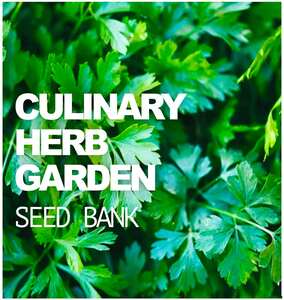Just How Gardening Can Boost Your Wellness and Health and wellbeing
Just How Gardening Can Boost Your Wellness and Health and wellbeing
Blog Article
The Comprehensive Guide to Gardening: Discover the Benefits of Different Designs and Strategies
Horticulture incorporates a diverse selection of styles and methods, each offering one-of-a-kind benefits tailored to individual preferences and ecological contexts. As we check out these various designs, it becomes obvious that the selections made can considerably affect both the garden's health and wellness and its contribution to the surrounding atmosphere.
Recognizing Gardening Fundamentals
Understanding the basics of horticulture is essential for growing a flourishing and sustainable yard. A successful horticulture endeavor begins with a strong foundation of understanding regarding soil, plant choice, and climate factors to consider.
Selecting the right plants is equally essential. Comprehending their particular requirements-- such as sunlight, water, and spacing-- makes sure compatibility with the regional climate and dirt problems. This selection procedure ought to also think about the growth practices and lifecycle of plants, permitting a well balanced and visually pleasing yard.
Furthermore, efficient watering techniques are important. Over-watering and under-watering can both lead to plant anxiety and illness. Applying a timetable based on seasonal modifications and plant requirements can improve water effectiveness.
Popular Horticulture Styles
What specifies the significance of preferred horticulture designs? Amongst the most popular styles is the cottage yard, defined by its casual design and a vivid array of flowers and vegetables.
On the other hand, the formal garden symbolizes proportion and order, often featuring geometric patterns and carefully cut hedges. This design interacts elegance and class, with meticulously chosen plants that strengthen a structured aesthetic.
The Japanese garden uses a calm and introspective experience, using natural environments like water, rocks, and plants to produce a peaceful setting. It concentrates on simpleness and equilibrium, motivating consideration.
In addition, xeriscaping has gotten popularity, especially in dry areas (Gardening). It focuses on drought-resistant plants and effective water use, advertising sustainability while improving landscape charm
Advantages of Container Horticulture
Container horticulture provides a wide range of advantages that make it an enticing alternative for both amateur and skilled garden enthusiasts alike. One of the main advantages is adaptability; containers can be placed in numerous places, allowing gardeners to optimize sunshine direct exposure and develop aesthetically appealing arrangements. This flexibility makes it possible to yard precede where typical in-ground horticulture might not be practical, discover this such as verandas, patio areas, or city settings.
Additionally, container horticulture supplies far better control over soil problems. Gardeners can tailor the dirt mix to suit particular plants, ensuring optimal water drainage and nutrient schedule. see it here This is particularly useful for people staying in areas with bad or polluted soil.
Another substantial advantage is the decreased threat of bugs and conditions. Container plants can be checked more quickly, and any type of concerns can be addressed immediately. In addition, this method can minimize the spread of intrusive types.
Sustainable Horticulture Practices
Lasting gardening techniques are essential for promoting environmental wellness and improving biodiversity in our environments. These techniques focus on environmental equilibrium, source preservation, and making use of natural methods to minimize unfavorable environmental effects. By using strategies such as composting, garden enthusiasts can reduce waste while enriching soil health and wellness, thus cultivating a prospering yard ecological community.
Water preservation is an additional crucial aspect of lasting gardening. Methods such as rain harvesting, drip irrigation, and the usage of drought-resistant plants can substantially minimize water use while making certain that plants receive appropriate dampness. Incorporating indigenous plant varieties into garden layouts supports regional wild animals and lowers the requirement for chemical fertilizers and pesticides, which can be hazardous to the environment.

Eventually, lasting horticulture practices not only contribute to much healthier yards but likewise advertise a more resistant environment, providing lasting advantages to both the gardener and the bordering neighborhood.
Tips for Successful Gardening
To cultivate a growing garden, gardeners must prioritize mindful planning and thoughtful implementation of their gardening strategies. Begin by examining the regional environment and dirt problems, as these aspects dramatically affect plant option and development. Pick plants that are fit to your setting, taking into consideration indigenous varieties that will certainly grow with marginal treatment.
Applying a well-structured format is critical (Gardening). Make use of friend growing methods to promote biodiversity and natural insect control, while guaranteeing each plant has sufficient area for growth. This not just boosts aesthetics but additionally enhances general plant health
Normal upkeep is essential to a successful yard. Develop a constant routine for watering, weeding, and fertilizing. Mulching can aid preserve dampness and reduce weeds, while likewise adding organic matter to the soil.
Consistently keeping an eye on plant health and growth will certainly permit for prompt treatments. Be open to discovering and adapting; horticulture is a continuous process that profits from experience and experimentation.
Final Thought


In recap, the exploration of varied gardening styles and strategies exposes their multifaceted advantages, adding to both aesthetic important site charm and ecological wellness. Container gardening offers flexibility and availability, while sustainable techniques improve ecological stewardship. By integrating numerous methods and approaches, garden enthusiasts can enhance their initiatives, promote biodiversity, and develop practical exterior areas. Ultimately, this thorough guide serves as a beneficial source for growing effective horticulture experiences, fostering a much deeper link with nature and the surrounding ecological community.
Report this page